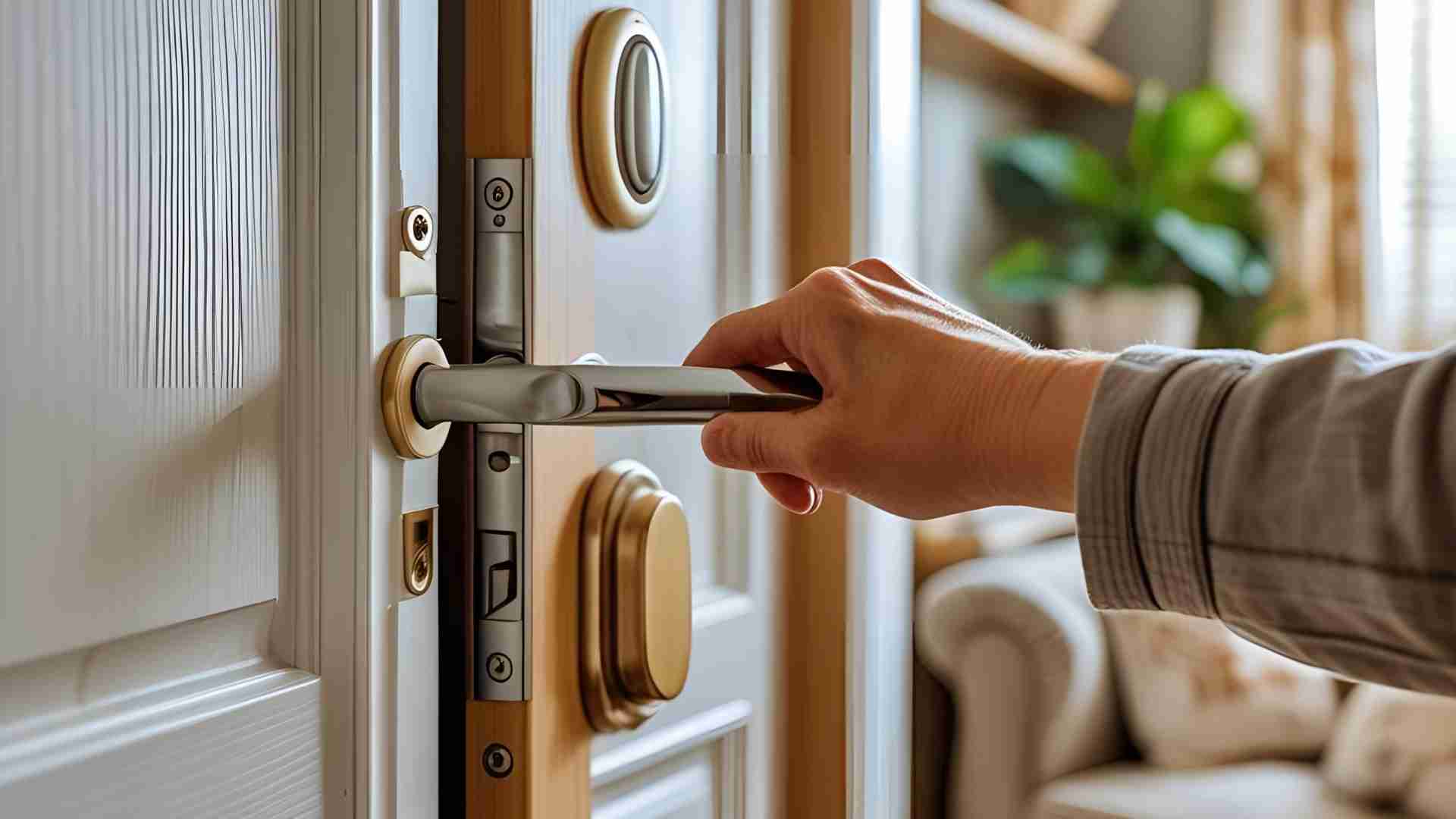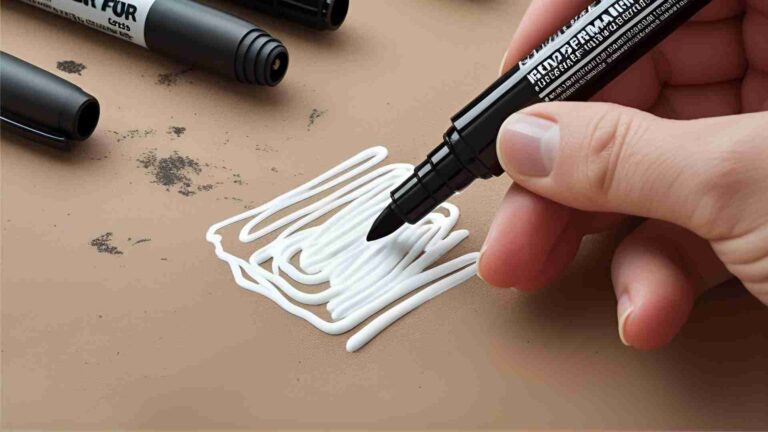What’s the Right Height for a Handle on a Door?
Discover the optimal door handle height for accessibility and aesthetics. Learn standard sizes, ADA guidelines, and how to measure accurately.
Door handles are often overlooked, yet their placement significantly impacts both functionality and aesthetics in homes and commercial spaces. The height at which a door handle is installed can affect accessibility, ease of use, and even the visual harmony of a space. While the standard height for a door handle is typically 36 inches, variations exist depending on the door type, user needs, and regulatory requirements. This comprehensive guide explores the ideal door handle heights, measurement techniques, accessibility standards, and practical considerations to ensure your door hardware is both functional and visually appealing.
Understanding Door Handle Heights
Standard Door Handle Height
The standard height for door handles in most residential and commercial settings is 36 inches from the finished floor to the center of the handle. This measurement is based on the typical height of interior and exterior doors, which are commonly 80 inches (6 feet, 8 inches) tall. Positioning the handle at 36 inches places it just below the vertical midpoint of the door (40 inches), making it ergonomically accessible for most users, including adults, children, and individuals with varying mobility levels.
This 36-inch standard is not mandated by building codes but is a widely accepted practice in the construction and design industries. Pre-bored door slabs and pre-hung doors are typically manufactured with handle holes at this height, simplifying installation. For consistency across a building, maintaining this height ensures a uniform look and feel.
Tip: For a more visually balanced appearance, some designers opt for a 40-inch handle height, aligning it closer to the door’s vertical center. This is particularly common in affordable homes, mobile homes, or production homes where doors may be installed to swing in either direction.
Door Handle Height Variations
While 36 inches is the standard, door handle heights can range from 34 to 48 inches depending on specific needs or design preferences. In exceptional cases, such as doors leading to pools or spas, handles may be placed as high as 54 inches to restrict access by small children. These variations allow for flexibility while maintaining functionality and accessibility.
Measuring Door Handle Height
Accurate measurement is critical for proper door handle installation. Here’s a step-by-step guide to measure door handle height:
- Gather Tools: You’ll need a tape measure, a pencil, and a try square.
- Measure from the Bottom Edge: Hook the tape measure on the bottom edge of the door (or the finished floor for ADA compliance) and extend it upward.
- Mark the Height: Mark the door at 36 inches for a standard handle. If installing a deadbolt, mark an additional point at 40 to 42 inches above the handle.
- Use a Try Square: Place the try square flush against the door’s edge and extend the mark horizontally about 4 inches to guide drilling.
- Check for Bevel: Before drilling, verify if the door has a 2- to 3-degree bevel on one side, as this affects handle placement. The handle should be installed on the beveled side to ensure smooth operation.
Pro Tip: Use a door installation kit or template to ensure precise borehole placement, especially for DIY installations.
Accessibility and Regulatory Standards
ADA Door Handle Height Requirements
The Americans with Disabilities Act (ADA) sets specific guidelines for door handles in public accommodations to ensure accessibility for individuals with disabilities. According to ADA standards, door handles must be installed between 34 and 48 inches above the finished floor, measured to the center of the handle. This range accommodates users of varying heights and mobility levels, including those using wheelchairs.
Additional ADA requirements include:
- One-Hand Operation: Handles must be operable with one hand, without requiring tight grasping, pinching, or twisting.
- Low Force: The force required to operate the handle must not exceed 5 pounds-force (lbf).
- Grip Accessibility: Handles should allow loose gripping for ease of use.
Private residences are not required to comply with ADA standards, but incorporating these guidelines can enhance accessibility for residents and visitors with disabilities.
UK Accessibility Standards
In the UK, door handle heights are guided by Building Regulations Part M and BS 8300-2:2018, which focus on accessibility in buildings. The recommended height for lever handles is 900 mm (approximately 35.4 inches) from the finished floor, with pull handles positioned between 700 and 1000 mm (27.6 to 39.4 inches) from the floor to the bottom of the handle. For accessible facilities like disabled toilets, handles are often installed at 800 to 1050 mm (31.5 to 41.3 inches) to accommodate wheelchair users.
The Equality Act 2010 further emphasizes that door hardware must be accessible to all, including those with limited mobility. These standards ensure that door handles are placed at heights that are ergonomic and inclusive for diverse users.
Chart: Door Handle Height Standards

Specialized Door Handle Heights
Deadbolt Height
Deadbolts, used for added security, are typically installed 40 to 42 inches above the finished floor, or 4 to 6 inches above the door handle. This placement ensures the deadbolt remains clear of the handle, especially when using keyless entry systems with large escutcheons. While building codes do not mandate a specific height for deadbolts, the American National Standards Institute (ANSI) recommends Grade 1 deadbolts for maximum security, featuring anti-drill metal and anti-pick key-pin configurations.
Door Handlesets
Handlesets, which are long vertical handles rather than knobs or levers, are typically installed at 36 inches or higher. Due to their extended design, the user’s hand may grip the handle below the 36-inch mark. Raising the handleset slightly ensures the grip point aligns with the standard 36-inch height for ergonomic use.
Eight-Foot Doors
For 8-foot doors, commonly used in homes with high ceilings or for dramatic exterior entrances, the handle height remains 36 inches but can be adjusted up to 48 inches for better visual proportions. The increased height does not affect functionality but enhances the aesthetic balance of taller doors.
Pool and Spa Doors
Doors providing access to pools, spas, or hot tubs may have handles installed up to 54 inches above the floor to prevent small children from reaching them. If the handle includes a self-latching device, it must not also be self-locking to comply with safety regulations.
Barn and Garage Doors
- Barn Doors: Handles are typically installed between 34 and 48 inches, with handle lengths ranging from 10 to 13 inches. This height ensures accessibility while maintaining the rustic aesthetic of barn doors.
- Garage Doors: Handles are placed between 32 and 48 inches, centered on the door for leverage. Given the size and weight of garage doors, ergonomic placement is crucial for easy operation.
Shower Doors
Shower door handles are installed at 36 to 42 inches above the bathroom floor, typically 3 inches from the door’s edge for aesthetic balance and accessibility. This height accommodates users entering and exiting the shower comfortably.
Practical Considerations for Installation
Backset and Door Thickness
The backset, the distance from the door’s edge to the center of the handle or lock, is typically 2-3/8 inches (60 mm) for interior doors and 2-3/4 inches (70 mm) for exterior doors. Standard interior doors are 1-3/8 inches (35 mm) thick, while exterior doors may be thicker. Ensure the handle is compatible with the door’s thickness and backset for proper installation.
Table: Common Door Handle Specifications
| Component | Standard Measurement |
|---|---|
| Handle Height | 34–48 inches (36 inches typical) |
| Deadbolt Height | 40–42 inches |
| Backset (Interior) | 2-3/8 inches (60 mm) |
| Backset (Exterior) | 2-3/4 inches (70 mm) |
| Door Thickness | 1-3/8 inches (35 mm) |
| Lever Handle Length | 4–5 inches (100–130 mm) |
| Knob Handle Diameter | 2–2.5 inches (50–65 mm) |
Handling Non-Standard Situations
When replacing a mortise lock with a cylinder deadbolt and handle, or installing a handle on a door with a step or uneven flooring, the measurement reference point becomes critical. For doors with a step at the threshold, measure from the finished floor (not the step or threshold) to ensure consistency with standard practices. If existing door handles in the home deviate from the 36-inch standard by more than 1/2 inch, match the new handle height to the existing ones to maintain visual consistency.
Pro Tip: For doors with new flooring or overlays, check if the door has been trimmed, as this may affect handle height. Vertically centering the handle at 40 inches can also make the door universal, allowing it to swing left or right without predefined top or bottom.
Drilling for Door Handles
When installing a handle on a blank or slab door, precision is key to avoid damage. Use a 2-1/8-inch hole saw for the main borehole and a 1-inch hole saw for the cross bore (striker hole). Always clamp a scrap piece of wood to the opposite side of the door to prevent splintering or blowout when drilling. A jig or template can help ensure straight and accurate drilling, especially for the cross bore, which must align perfectly with the main borehole for proper handle operation.
Choosing the Right Door Handle
Compatibility and Functionality
Select a handle that matches the door’s backset, thickness, and latch type. For security, opt for Grade 1 ANSI-rated deadbolts and ensure keyless entry systems do not interfere with handle placement. Handles should also be easy to operate, especially in accessible facilities.
Design and Finish
Door handles contribute to a room’s aesthetic, so choose finishes that complement the interior decor, such as chrome, brushed nickel, brass, or matte black. Lever handles, typically 4 to 5 inches long, offer a modern look, while knob handles, with a 2 to 2.5-inch diameter, provide a classic feel.
Chart: Door Handle Selection Process

Enhancing Accessibility and Inclusion
Installing door handles at the correct height is not just about compliance; it’s about creating inclusive environments. Whether designing a new building or retrofitting an existing one, prioritizing accessibility ensures that all users, regardless of height, mobility, or dexterity, can operate doors comfortably. For example:
- Wheelchair Users: Lower handle heights (800–1050 mm in the UK) accommodate seated users.
- Children: Higher handles (up to 54 inches) for pool or spa doors enhance safety.
- Elderly or Disabled Users: Handles with low-force operation and accessible designs improve usability.
By adhering to standards like the ADA, UK Building Regulations, and BS 8300-2, designers and installers can create spaces that are both functional and welcoming to all.
Conclusion
Choosing the right door handle height is a balance of functionality, accessibility, and aesthetics. The standard 36-inch height works well for most applications, but variations between 34 and 48 inches (or up to 54 inches for specific cases) allow for customization based on user needs and door type. By understanding regulatory standards, measuring accurately, and selecting compatible, stylish handles, you can enhance both the usability and visual appeal of your doors. Whether you’re upgrading a home or outfitting a commercial space, proper handle placement ensures a seamless and inclusive experience for all users.
Please share this What’s the Right Height for a Handle on a Door? your friends and do a comment below about your feedback.
We will meet you on next article.
Until you can read, How expensive is it to dig a septic system, well?






